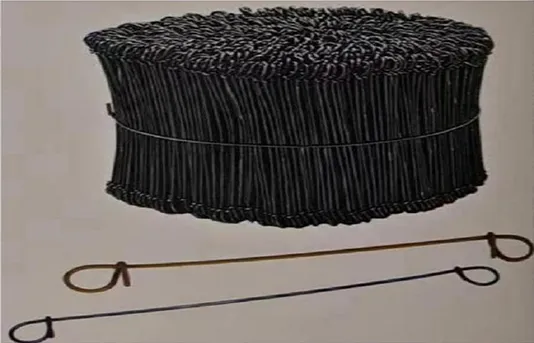-
 Phone:
Phone: -
 Email:
Email:

barbed wire and razor wire
The Role of Barbed Wire and Razor Wire in Security
Barbed wire and razor wire are two effective barriers that have played a crucial role in security measures across various settings. From military installations to private properties, these wires serve as physical deterrents against unauthorized access. Understanding their characteristics, applications, and advantages can shed light on their importance in ensuring safety.
1. Composition and Design
Barbed wire consists of two twisted strands of wire with sharp metal barbs spaced at regular intervals. Originally developed for fencing livestock, its effectiveness was soon recognized for securing properties. The sharp points act as a deterrent, making it difficult for individuals to climb over or cut through the wire easily.
On the other hand, razor wire is a more advanced variation. It features sharp blades or hooks that are strategically placed along a flat wire strand, making it an even more formidable obstacle. Razor wire is often utilized in high-security settings, such as prisons, military bases, and critical infrastructure sites, due to its heightened threat profile.
2. Applications in Security
Both barbed wire and razor wire are widely used for perimeter security
. In residential communities, barbed wire can provide a first line of defense, deterring would-be intruders. Meanwhile, razor wire’s intimidating appearance and enhanced security features make it ideal for protecting sensitive areas, including airports, government buildings, and industrial sites.barbed wire and razor wire

These products are not limited to outdoor installations. In facilitating internal security, razor wire can be used to reinforce points of vulnerability, such as prison yards or the top of walls within secure facilities. Their adaptability allows for varied applications based on security needs.
3. Advantages
The primary advantage of barbed and razor wire is their effectiveness in discouraging trespassing and theft. The mere presence of these wires can make potential intruders think twice before attempting to breach a secured area. Additionally, both types of wire are relatively inexpensive compared to other security systems, making them a cost-effective solution for many property owners.
Maintenance is also minimal. Unlike electronic security systems, which can require regular upkeep, barbed and razor wire can withstand various weather conditions without significant deterioration. This durability ensures that they provide consistent protection over time.
4. Ethical Considerations and Regulations
While barbed and razor wire serve important security functions, their use raises ethical concerns, particularly regarding safety. For instance, razor wire can cause severe injury to individuals who come into contact with it, raising questions about humane practices. As a result, regulatory frameworks exist in many jurisdictions to govern their installation and use.
In summary, barbed wire and razor wire remain integral components of modern security solutions. They offer effective, affordable, and durable means of preventing unauthorized access while posing ethical considerations that must be addressed. As security needs evolve, these traditional barriers continue to adapt, proving that even the simplest materials can play a significant role in protecting people and property.
-
Wire Mesh for Every Need: A Practical SolutionNewsJul.25,2025
-
Steel Fences: Durable, Secure, and Stylish OptionsNewsJul.25,2025
-
Roll Top Fencing: A Smart Solution for Safety and SecurityNewsJul.25,2025
-
Cattle Farm Fencing Solutions for Maximum SecurityNewsJul.25,2025
-
Affordable Iron Binding Wire SolutionsNewsJul.25,2025
-
Affordable Galvanized Wire SolutionsNewsJul.25,2025
-
Wire Hanger Recycling IdeasNewsJul.25,2025








